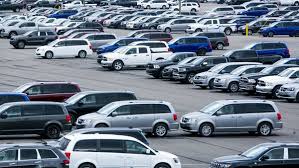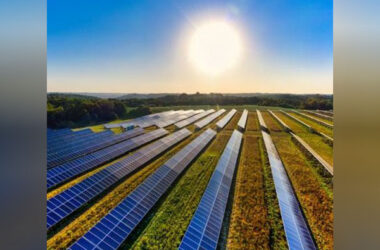The U.S. auto industry is facing a challenging environment as Trump-era tariffs on automotive imports start to reverberate across sales and pricing. After consumers rushed to buy vehicles before tariffs took effect, demand has tapered off: in June alone, new car sales fell by 300,000 units, according to Cox Automotive.
This slowdown comes at a critical time. Tariffs are projected to push up vehicle prices—Cox forecasts a 4–8% increase by the end of 2025—adding pressure on both automakers and buyers. Many automakers, including Stellantis, Mercedes-Benz, GM, and Volvo, have suspended or trimmed financial guidance amid uncertainty around tariff policies.
The rising costs are especially impactful for import-heavy segments—sedans under $30,000 and luxury models—where prices may rise by several thousand dollars. Automakers face a strategic choice: absorb the costs with tighter margins or pass them on to consumers, risking further demand destruction. The tightening supply and inventory squeeze could strain dealerships and slow down the sector’s recovery.
As the industry navigates this volatile trade environment, its ability to adapt—whether through US-based production or restructuring global supply chains—will be central to weathering tariff pressures while maintaining affordability and consumer demand.
#AutoTariffs
#VehiclePriceHike
#TariffImpact
#USAutoSalesDrop
#CarPriceRise
#DemandSlowdown
#AutomakerProfitHits
#NewCarSalesDecline
#TariffUncertainty
#ImportVehicleCost
#IndustryProfitWarnings
#InventorySqueeze










